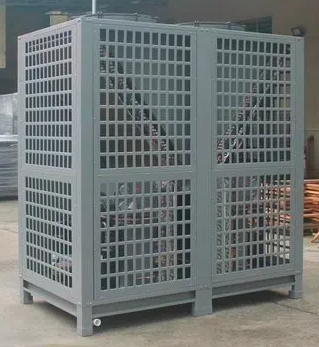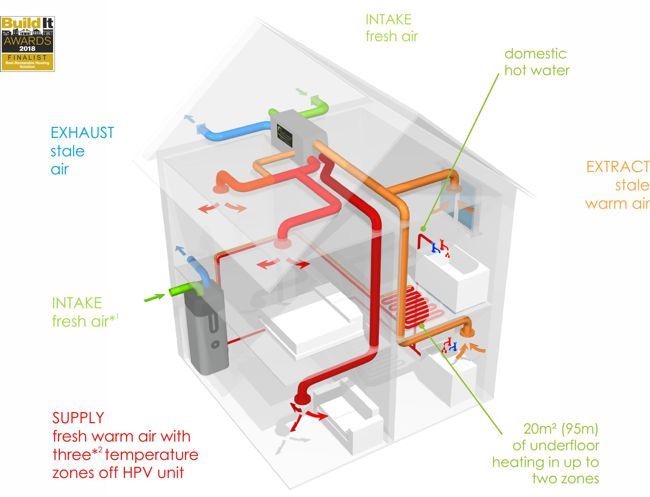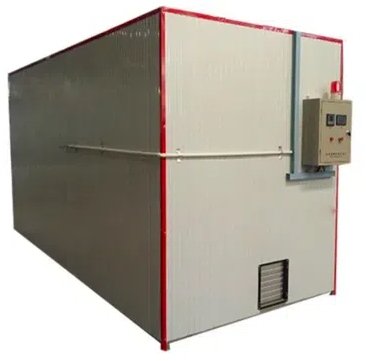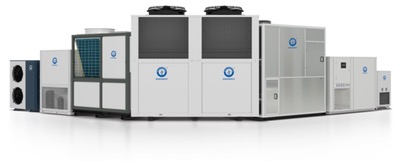
Content Menu
● Introduction
● Understanding Heat Pump Dryer Technology
● Installation Requirements and Considerations
● Energy Efficiency and Environmental Benefits
● Maintenance and Care
● Conclusion
● Common Misconceptions and FAQs
>> Q1: Do heat pump dryers need any ventilation at all?
>> Q2: Can a heat pump dryer be installed anywhere in the home?
>> Q3: Are heat pump dryers more expensive to maintain?
>> Q4: How long do heat pump dryers take to dry clothes?
>> Q5: Do heat pump dryers require professional installation?
Introduction
Heat pump dryers represent a revolutionary advancement in laundry technology, offering an energy-efficient and flexible solution for modern homes. As more households seek sustainable appliance options, understanding the ventilation requirements of heat pump dryers becomes crucial for proper installation and operation. This comprehensive guide will explore everything you need to know about heat pump dryer ventilation, installation requirements, and benefits.
Understanding Heat Pump Dryer Technology
Heat pump dryers operate on a fundamentally different principle compared to conventional dryers. These innovative appliances use a closed-loop system that recycles air during the drying process. Unlike traditional dryers that expel hot, humid air outside through a vent, heat pump dryers utilize a heat exchanger to remove moisture from the air and collect it in a condensation tank or drain it directly through a water outlet.
The technology works by circulating air through a sophisticated system where it's first heated, then passed through the drum to dry clothes. The warm, moisture-laden air then travels through an evaporator, which cools it down and condenses the water vapor. The dried air is reheated and circulated back through the system, creating an efficient closed loop that requires no external ventilation.

Installation Requirements and Considerations
While heat pump dryers don't require external ventilation, proper installation is still crucial for optimal performance. These appliances need to be placed in an environment that meets specific criteria:
1. Room Temperature: The installation space should maintain a temperature between 5°C and 35°C (41°F to 95°F)
2. Adequate Space: Sufficient clearance around the unit for proper air circulation
3. Level Surface: A stable, flat surface is essential for proper operation
4. Drainage Options: Either a condensation tank or direct drain connection
5. Power Supply: Standard electrical outlet nearby
The flexibility in installation locations is one of the key advantages of heat pump dryers, as they can be placed in various spaces within your home without the need for external duct work.
Energy Efficiency and Environmental Benefits
Heat pump dryers stand out for their exceptional energy efficiency. By recycling heated air and operating at lower temperatures than conventional dryers, these appliances can significantly reduce energy consumption. The closed-loop system not only eliminates the need for ventilation but also contributes to better energy utilization, as no heated air is lost to the outside environment.
The environmental benefits extend beyond energy savings. Heat pump dryers typically operate at lower temperatures, which helps preserve fabric quality and reduce wear on clothing. Additionally, the absence of external venting means no humid air is released into the environment, making these appliances particularly suitable for apartments and confined spaces.

Maintenance and Care
Proper maintenance is essential for ensuring optimal performance of your heat pump dryer. Regular care includes:
1. Cleaning the condenser unit
2. Emptying the water collection tank
3. Cleaning the lint filter after each use
4. Checking and cleaning the heat exchanger
5. Ensuring proper airflow around the unit
Unlike traditional dryers that require regular vent cleaning and maintenance, heat pump dryers eliminate this task while requiring their own specific maintenance routine.
Conclusion
Heat pump dryers represent a significant advancement in laundry technology, offering an energy-efficient, ventless solution for modern homes. While they don't require traditional ventilation, understanding their specific installation requirements and maintenance needs is crucial for optimal performance. The benefits of these innovative appliances extend beyond energy savings to include flexibility in placement, gentle fabric care, and environmental sustainability. As we continue to seek more efficient and sustainable home appliances, heat pump dryers stand out as a practical and forward-thinking choice for today's households.

Common Misconceptions and FAQs
Here are five important questions and answers about heat pump dryer ventilation:
Q1: Do heat pump dryers need any ventilation at all?
A1: No, heat pump dryers are designed to operate without external ventilation, using a closed-loop system that recycles air internally.
Q2: Can a heat pump dryer be installed anywhere in the home?
A2: Yes, as long as the space meets the basic requirements for temperature, clearance, and power supply, the dryer can be installed in any suitable location.
Q3: Are heat pump dryers more expensive to maintain?
A3: While the initial purchase price may be higher, heat pump dryers typically cost less to operate and maintain over time due to their energy efficiency.
Q4: How long do heat pump dryers take to dry clothes?
A4: Heat pump dryers generally take longer than conventional dryers but compensate with better energy efficiency and gentler drying action.
Q5: Do heat pump dryers require professional installation?
A5: Professional installation isn't mandatory but can be beneficial to ensure optimal performance and proper setup of drainage systems.












